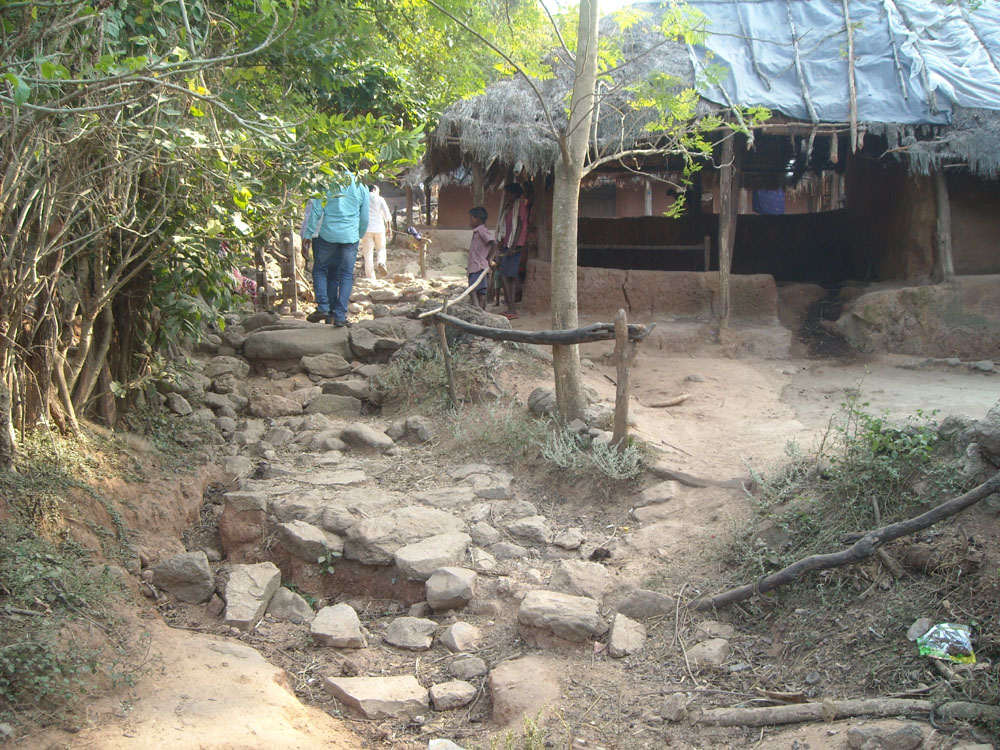Hatadihi: Fifty-three years have passed since the Hadagada dam in Keonjhar district was built, but there is no end to the plight of the people displaced by the project, a report said.
Many displaced people are yet to be rehabilitated and get basic facilities.
Kanlabaliapal panchayat is a remote pocket in the tribal-dominated Hatadihi block. The panchayat constitutes seven villages— Mayuranacha (150 families), K. Baliapal (90 families), Raighati (200 families), Sarmundi (50 families), Bhanra (90 families), Mallipasi (150 families) and Nuabalaipal (15 families). In total, the panchayat has a population of nearly 6,000.
In 1965, the state government came out with a notification to build the dam across river Salandi and in 1970, its construction started.
The government had identified five villages – Mayuranacha, K. Baliapal, Sarmundi, Mallipasi and Bhanra as submergence-prone areas.
Then, 500 families were displaced for the project and all their farmlands were acquired by the government.
It was alleged that even after five decades, the lives of the oustees have not improved by an iota. Scores of them have not been rehabilitated and not paid compensation.
They are deprived of basic facilities. Roads to their villages are still a dream while they have to live in dark without electricity. Boats are only means of communication for them to cross river Salandi.
“The government has not even thought of building a bridge to facilitate communication,” an oustee lamented.
The alternative land route is a circuitous one. People have to travel 100 km via Thakurmunda in Mayurbhanj district or from Oupada in Balasore to reach their district headquarters.
Drinking water is another major problem here. People have to depend on creeks and streams at some places.
However, after a long time, the government has provided land pattas to 23 families in Mayuranacha and housing units under the Indira Awas Yojana in 2012-13.
Similarly, the revenue department has provided four decimal of land to 25 families of Bhanra village at Raighati mouza.
Now, most of the displaced families do not have decent livelihood sources and have to depend on the forest for it.
Healthcare is not accessible to them till date while the education scenario is dismal. Most of the displaced families are living in thatched houses and huts with housing schemes floundering.
A local resident said the government needs to pay special attention to rehabilitation of the displaced people and make provision for at least basic facilities.
Executive officer of the panchayat Jitendra Jena said if a ration distribution centre is opened near the panchayat office, the people of these villages would benefit.
